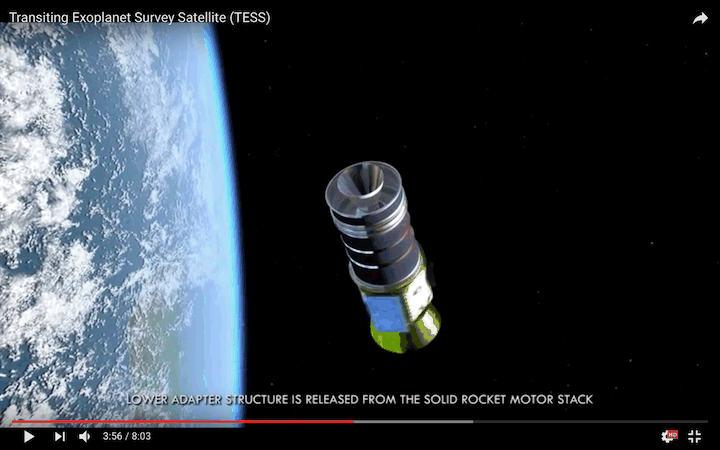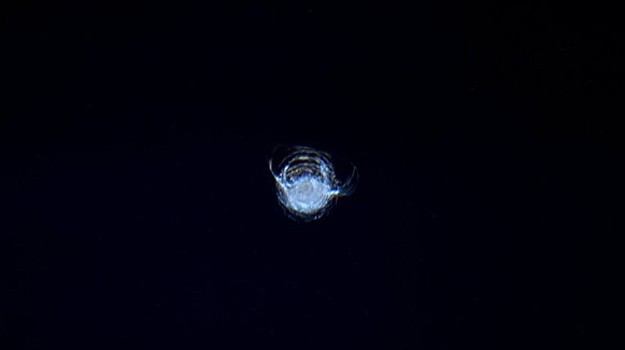Well, gee, this question may as well have my name printed directly on it!
Spacecraft protection from the orbital debris threat comes in two flavors:
- Shield and withstand
- Detect and avoid
To start, page 5 of this NASA paper presents a good first-order approximation of the general LEO orbital debris threat. You'll see some variation with altitude and inclination, but for the most part, the shape of the graph is generally the same. The line represents the inverse cumulative flux -- that is, the number of particles per square meter per year of a given size or larger from all directions combined. It's important to note that this flux is on a log scale. The text near the thick arrows denotes the data source that informs the model for indicated size ranges.
At the extreme left end of the graph, we have very high numbers of very small particles. Most of these are operationally inconsequential unless you have particularly sensitive surfaces like telescope or camera optics. Most surfaces require no or minimal shielding to withstand strikes in these size ranges.
As your particle size gets larger, you begin to require dedicated shielding to protect your hardware. Those shields will typically protect you up to some maximum size for typical impacts. Larger protection capabilities mean more mass, and it does not scale linearly, so a cutoff has to be made for a given spacecraft to be light enough to fly.
Large enough objects are able to be detected and avoided. Detection and avoidance takes time to plan and execute -- several orbits. It is nothing like what you would see in a movie. Of particular importance is the fact that all of the detection and avoidance capability is due to the use of ground-based tracking assets. In the US, this typically comes in the form of conjunction notices from JSpOC/USSTRATCOM (see here for more info). This information comes primarily from the Space Surveillance Network, and the typical "tracked object" sizes are denoted by "SSN" in the graph highlighted above.
Below a certain critical size, objects in space cannot be reliably tracked. Their presence is observable using radar and telescopes in "stare" mode ("Goldstone", "HAX", and "Haystack"), but that just gets you a population count, not tracking. These objects in general cannot be detected and avoided, and they are in size ranges for which effective shielding is impractically massive for all but the most critical hardware surfaces.
As with pretty much any spacecraft application, it is impossible to drive loss-of-mission or loss-of-vehicle risk to zero. (Indeed, the safest spacecraft is the one that doesn't fly!) Carefully considered decisions must be made about what levels of risk to accept. These decisions are predicated on the underlying data that feeds the risk calculations being valid going forward.
An unexpected release of a large number of objects firmly in the middle of the "too small to detect and too big to practically shield against" region at an altitude for which they could rain down through the orbits of critical assets for months or years to come would be a massive upset in the risk-based decision process. For hardware already on orbit, this would greatly increase the risk of a catastrophic loss beyond acceptable levels. At high enough levels, it could render LEO too dangerous to inhabit for years or decades.


